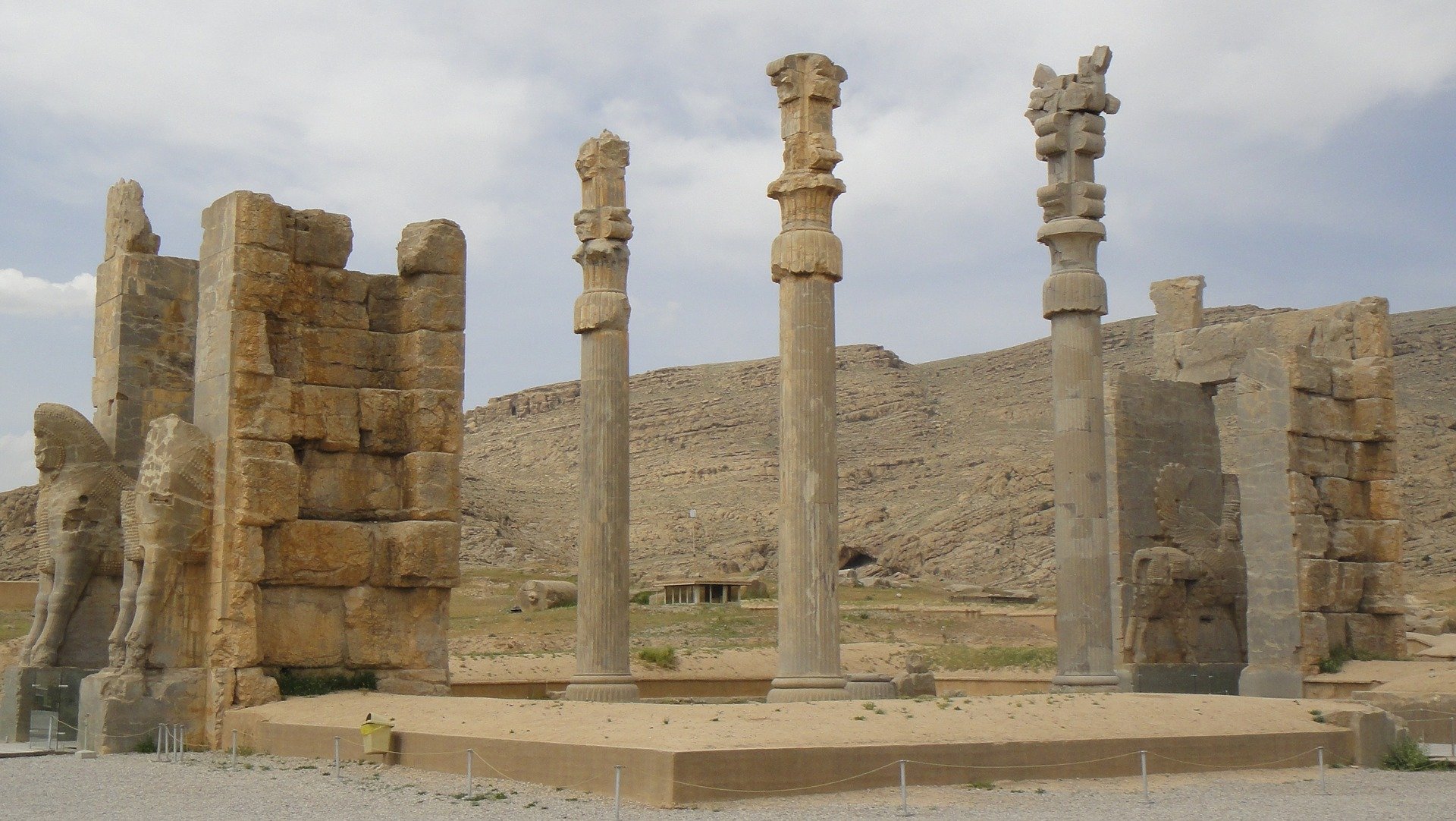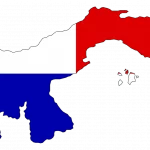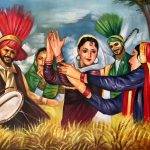Facts About Persian Empire

From movies, to video games, to music, to history and even fictional stories you most likely have heard of Persia or the Persian empire, it is an incredibly popular place in human history. Interestingly, not many people know that Persia or the Persian Empire was(rather is) a real place wit real people. The place known as Persia parts of present day Iran(Yes, the famous middle eastern country you know of today). A lot in human history could be traced back to Persia, the name actually means Land of the Pers or Persis people. Most people never knew Persia is a real place because they’ve only heard of it from video games and movies that they begin to associate the place with fiction as being a fictional place. This wrong impression and many more is what we aim to correct with the collection of facts about Persian empire compiled in this article.
In these list of Persian facts, we would cover virtually all important aspect of the Persian empire that should expose anyone who reads this to information and facts about the ancient Persian empire, the Persian people as well as the present day Persia. This is so you know where to look towards when discussing about Persia or the Persian empire.
Without wasting any of time let’s delve into the huge compilation of facts about Persia and Persian empire.
Persian Facts You Never Knew
- Persia is among the oldest inhabited regions in the world. Archaeological studies suggest that human inhabited that region as far back as 100,000 years to the Paleolithic Age with semi-permanent (most likely hunting) settlements established before 10,000 BC. Currently, it is a region of southwestern Asia, situated in what is now present-day Iran and parts of Iraq.
- The name Persia itself, has been as the final form of several name variations. Previously, it had been known as Persis, or alternatively as Pārs, Parsa, or, today, Fārs.
- The Persian Empire is the name given to a series of dynasties centered in Persia that spanned several centuries—from the 6th century BC to the twentieth century AD.
- With time, the name Persia became the generic name for the entire Iranian plateau, courtesy of the ancient Greeks and other peoples.
- The Persian city of Susa (modern-day Shushan), which was first part of Elam, was founded in 4395 BC, making it one of the world’s oldest cities.
- The Persian Empire emerged under the leadership of Cyrus II, who conquered the neighboring Median Empire ruled by his grandfather. From then on Cyrus was called the “shah,” or king, of Persia. Eventually he was known as Cyrus the Great. Cyrus was unlike other emperors because he showed mercy toward the cities and kingdoms he conquered.
- Cyrus’s relative Darius I (known as Darius the Great) took the throne after him and built the empire to its greatest height. Darius recognized that such a large area needed to be properly structured and organized in order to function efficiently.
- The Iron Age dynasty, or the Achaemenid Empire, was the World Trade Center of its time – a global hub of culture, religion, science, art and technology for more than 2 centuries prior to its defeat by Alexander the Great.
- Persepolis was the ceremonial capital of the Achaemenid Empire (c. 550–330 BC). It is situated in the plains of Marvdasht, encircled by southern Zagros mountains of Iran. The earliest remains of Persepolis date back to 515 BC. It exemplifies the Achaemenid style of architecture. UNESCO declared the ruins of Persepolis a World Heritage Site in 1979.
- The Persian Empire lasted from approximately 559 BC to 331 BC. Actually, there have been several ‘Persian empires’ – with their boundaries changing over time. In general, though, the core of the Persian empires spanned across modern-day Iran and Iraq, even stretching into parts of Tajikistan, Turkmenistan, and Afghanistan, among other countries.
- Altogether, the Persian empire was larger than any previous empire in history, spanning a total of 5.5 million km² (equivalent to 2.1 million square miles). In addition, historians estimate that, at the height of its powers, the Persian Empire controlled a world-record 44% of the world’s population!
- The Persians were the first to establish regular communication routes between Africa, Asia and Europe. They also built many new roads and developed the world’s first postal service.
- During Achaemenid’s Empire, the Persians created various kind of art including metalwork, rock carvings, weaving and architecture. As the Persian Empire expanded, they encompassed other artistic centers of early civilization, a new style was formed with influences from these sources.
- The Cyrus Cylinder is an ancient Persian clay cylinder, now broken into several pieces, on which is written a declaration in Akkadian cuneiform script in the name of Cyrus the Great. It dates from the 6th century BC, and was discovered in the ruins of Babylon in Mesopotamia (modern Iraq) in 1879. It was created following the Persian conquest of Babylon in 539 BC, following the conquest of the Neo-Babylonian Empire by Cyrus, and its incorporation into his Persian Empire.
- The Oxus Treasure, a set of Persian valuable artefacts, is a collection of about 180 surviving pieces of metalwork in gold and silver, most of which are relatively small; and around 200 coins dating to the Achaemenid Persian period. They were found by the Oxus river about 1877–1880.
- According to Greek historian Herodotus, the Persians usually had large birthday feasts, featuring varieties of desserts – which they often criticized the Greeks for not including in their own meals.
- Herodotus also mentions a rather alarming fact: The Persians were lovers of wine, and even used it even to give advice. So, they would discuss important affairs when drunk, and only decide, when sober the next day, whether to act on, or abandon, the decision.
- Persia’s official religion was Zoroastrianism. Although there are no clearly Old Persian religious texts, their royal inscriptions contain religious exhortations, prayers, and references.
- The Greco-Persian Wars hold a high place in modern ‘pop culture,’ having been re-enacted in the blockbuster 300 movie and comics franchise. Herodotus describes the armored Persian horsemen and their deathly chariots as being invincible, and a terror to all whom they faced.
- Despite its military prowess, the Persian Empire began its steady descent from prominence under Xerxes, Darius’s son. His resoundingly unsuccessful campaign to invade Greece depleted the royal treasury. Yet, he remained a reckless spender upon returning home – until, finally, Persia was conquered by Alexander the Great in 334 BC.
- Himself an admirer of Persia’s founder Cyrus the Great, Alexander introduced a number of Persian customs into Macedonian culture and ensured that respect for the Persian Kings was implemented within his empire. Despite the disintegration of the Persian Empire, its culture thrived for hundreds of years, eventually restoring its power by the 2nd Century BC.
- The people the region have traditionally called their country Iran, “Land of the Aryans.” That name was officially adopted in 1935.
- The Persian cat is a long-haired breed of cat characterized by its round face and short muzzle. It is called “Persian” because it was exported Persia. The Persian cat is one of the oldest cat breeds and can been seen depicted in hieroglyphics as early as 1684 BC.
History of Persia is an important part of human history because it is one of the first known and recorded inhabited place on earth, and it is still populated till date(remember Iran is Persia). There’s only so many facts that could be covered in the list of Persian facts collected up above, some other facts about Persian empire most people do not know about would be attended to by answering some of the most frequently asked questions about Persia and Persian empire.
Persian Empire FAQ
Where was Persia?
Persia occupied parts of western Asia. The area known as Persia is in present day Iran in the middle east.
What is Persia known for?
Persia is known for being one of the oldest inhabited places in the world. It is one of the oldest inhabited places that is still populated till date.
What was unique about ancient Persia?
The unique things about ancient Persia includes the intricate metal works, artistic works, spices, architectural works, culture and a lot more.
How old is Persia?
Persia is estimated to be over 100,000 years old. Being one of the oldest inhabited places on earth, it makes sense that Persia is that old.
What did the Persians invent?
Algebra was invented by the Persians several thousand years ago.
What was the religion in Persia?
The religion in Persia was Zoroastrian faith, this religion became the official religion of Persia in the year 650 BCE.
Who did Persia conquer?
The Persians were great warriors that conquered a lot of empires like the Medes, Lydians, Neo-Babylonians, and eventually, the Egyptians.
How long did the Persian Empire last?
The Persian empire lasted for 200 years after the death of Darius III in the year 330 BC. Darius III was killed by Alexander the Great.
What was ancient Persia called?
Ancient Persia was called Achaemenid.
Did Persia invent chess?
No, Persia did not invent chess. The history of chess is linked back to ancient India where it actually originates from. Chess is said to have been invented in the year 500 AD.
Who is Persia today?
Persia today is modern day Iran. The country only started to be called Iran in the year 1935. Prior to that, it used to be known as Persia.
What is Persian Empire known for?
The Persian empire is known for building trade routes connecting Africa, Asia and Europe.
How big was the Persian Empire?
The Persian empire was estimated to be Two million square miles. At the height of the empire, it has 50 million people.



